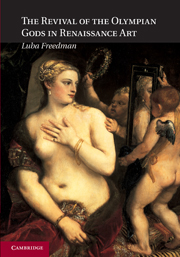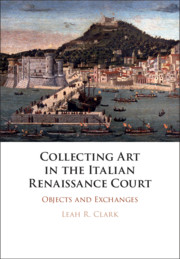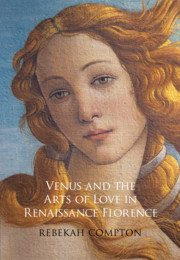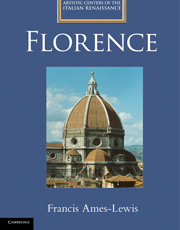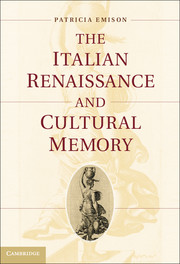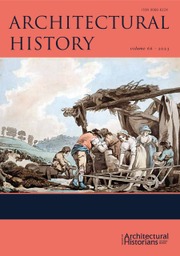The Revival of the Olympian Gods in Renaissance Art
£36.99
- Author: Luba Freedman, Hebrew University of Jerusalem
- Date Published: January 2011
- availability: Available
- format: Paperback
- isbn: 9780521181037
£
36.99
Paperback
Looking for an inspection copy?
This title is not currently available on inspection
-
In this study, Luba Freedman examines the revival of the twelve Olympian deities in the visual arts of sixteenth-century Italy. Renaissance representations of the Olympians as autonomous figures in paintings, sculpture and drawing were not easily integrated into a Christian society. While many patrons and artists venerated the ancient artworks for their artistic qualities, others, nourished by religious beliefs, felt compelled to adapt ancient representations to Christian subjects. These conflicting attitudes influenced the representation of deities intentionally made all'antica, often resulting in an interweaving of classical and non-classical elements that is alien to the original, ancient sources. This study, the first devoted to this problem, highlights how problematic it was during the Cinquecento to display and receive images of pagan gods, whether shaped by ancient or contemporary artists. It offers new insights into the uneven absorption of the classical heritage during the early modern era.
Read more- Discussion of central works of Renaissance art, individually representing the twelve supreme gods and goddesses of ancient Greece and Rome
- Analysis of learning in the Cinquecento about the representation of the Olympians in classical art
- Study of conflicting attitudes towards the works of art representing non-religious subjects of autonomous figures
Reviews & endorsements
Review of the hardback: 'The text is densely argued and full of deep learning.' Journal of Classics Teaching
See more reviews'The book has the merit of highlighting the importance of the Italian Renaissance art laboratory in transmitting and reworking ancient heritage. The problems addressed are at the crossroads between art history, cultural and social anthropology, history of archaeology, and history of religion. The very useful index is evidence of the richness and diversity of the subjects covered in the book.' Anabases
Customer reviews
Not yet reviewed
Be the first to review
Review was not posted due to profanity
×Product details
- Date Published: January 2011
- format: Paperback
- isbn: 9780521181037
- length: 320 pages
- dimensions: 254 x 179 x 14 mm
- weight: 0.64kg
- contains: 78 b/w illus.
- availability: Available
Table of Contents
Part I. Outlining a Cinquecento Phenomenon:
1. Terms and concepts
2. Components of the phenomenon
Part II. Discoveries and Their Impact:
3. Olympian deities in ancient sculpture
4. Ancient testimonies
5. Literary descriptions
6. The question of revival
Part III. Cinquecento Works of Art:
7. 'Classical' elements
8. Non-classical elements
9. The conflict in Cinquecento schools of thought.
Sorry, this resource is locked
Please register or sign in to request access. If you are having problems accessing these resources please email [email protected]
Register Sign in» Proceed
You are now leaving the Cambridge University Press website. Your eBook purchase and download will be completed by our partner www.ebooks.com. Please see the permission section of the www.ebooks.com catalogue page for details of the print & copy limits on our eBooks.
Continue ×Are you sure you want to delete your account?
This cannot be undone.
Thank you for your feedback which will help us improve our service.
If you requested a response, we will make sure to get back to you shortly.
×
